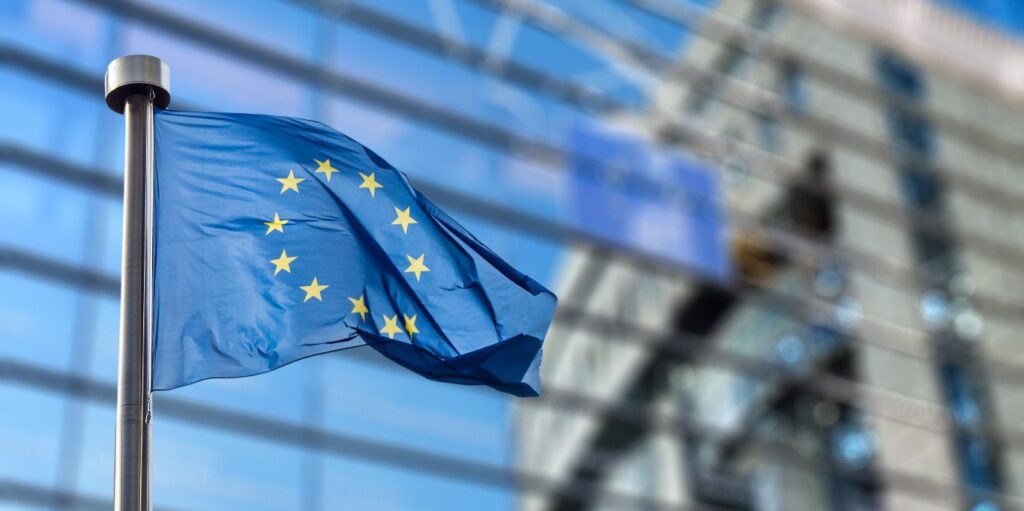The European Union launches First Phase of World’s First Carbon Border Tariff

|
Listen to this story:
|
The European Union (EU) has launched the first phase of the world’s first carbon border tariff, a landmark tool designed to put a fair price on the carbon emitted during the production of carbon-intensive goods that are entering the EU, and to encourage cleaner industrial production in non-EU countries.
The Carbon Border Adjustment Mechanism (CBAM) will initially apply to imports of certain goods and selected precursors whose production is carbon intensive and at most significant risk of carbon leakage: cement, iron and steel, aluminium, fertilisers, electricity and hydrogen.
During the transitional phase, importers of goods in the scope of the new rules will only have to report greenhouse gas emissions (GHG) embedded in their imports (direct and indirect emissions), without making any financial payments or adjustments.
Once the permanent system enters into force on 1 January 2026, importers will need to declare each year the quantity of goods imported into the EU in the preceding year and their embedded GHG. They will then surrender the corresponding number of CBAM certificates. The price of the certificates will be calculated depending on the weekly average auction price of EU ETS allowances expressed in €/tonne of CO2 emitted.
The CBAM is a significant step forward in the EU’s efforts to reduce its carbon footprint and achieve its climate goals. It is also a signal to the rest of the world that the EU is committed to a fair and level playing field in global trade.
Related Article: France to Launch €100/month EV Leasing Scheme for EU-Made Cars
Key takeaways:
- The EU has launched the first phase of the world’s first carbon border tariff.
- The CBAM is designed to put a fair price on the carbon emitted during the production of carbon-intensive goods that are entering the EU.
- The CBAM will initially apply to imports of certain goods and selected precursors whose production is carbon intensive and at most significant risk of carbon leakage.
- During the transitional phase, importers will only have to report greenhouse gas emissions embedded in their imports.
- Once the permanent system enters into force on 1 January 2026, importers will need to surrender CBAM certificates corresponding to the embedded GHG of their imports.
Why is this important?
The CBAM is an important step in the EU’s efforts to reduce its carbon footprint and achieve its climate goals. It is also a signal to the rest of the world that the EU is committed to a fair and level playing field in global trade.
The CBAM will help to prevent carbon leakage, which occurs when companies based in the EU move carbon-intensive production abroad to countries where climate policies are less stringent. This can undermine the EU’s efforts to reduce its greenhouse gas emissions.
The CBAM will also help to ensure that imported goods are subject to the same carbon price as domestically produced goods. This will help to create a level playing field for EU businesses and prevent carbon-intensive imports from undercutting domestic producers.
The CBAM is a significant step forward in the EU’s efforts to combat climate change and promote sustainable trade.






